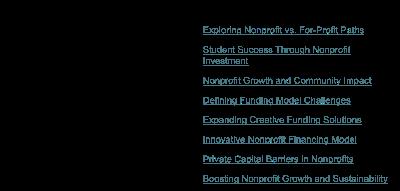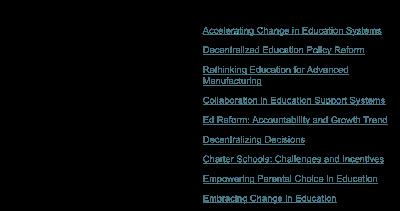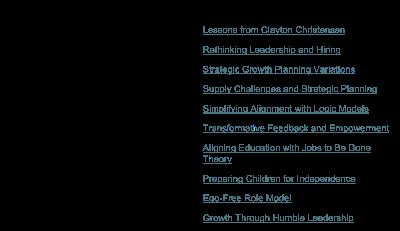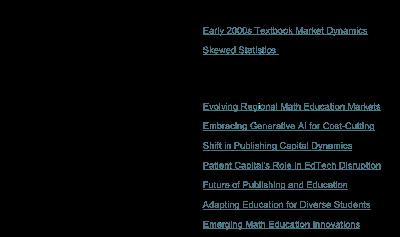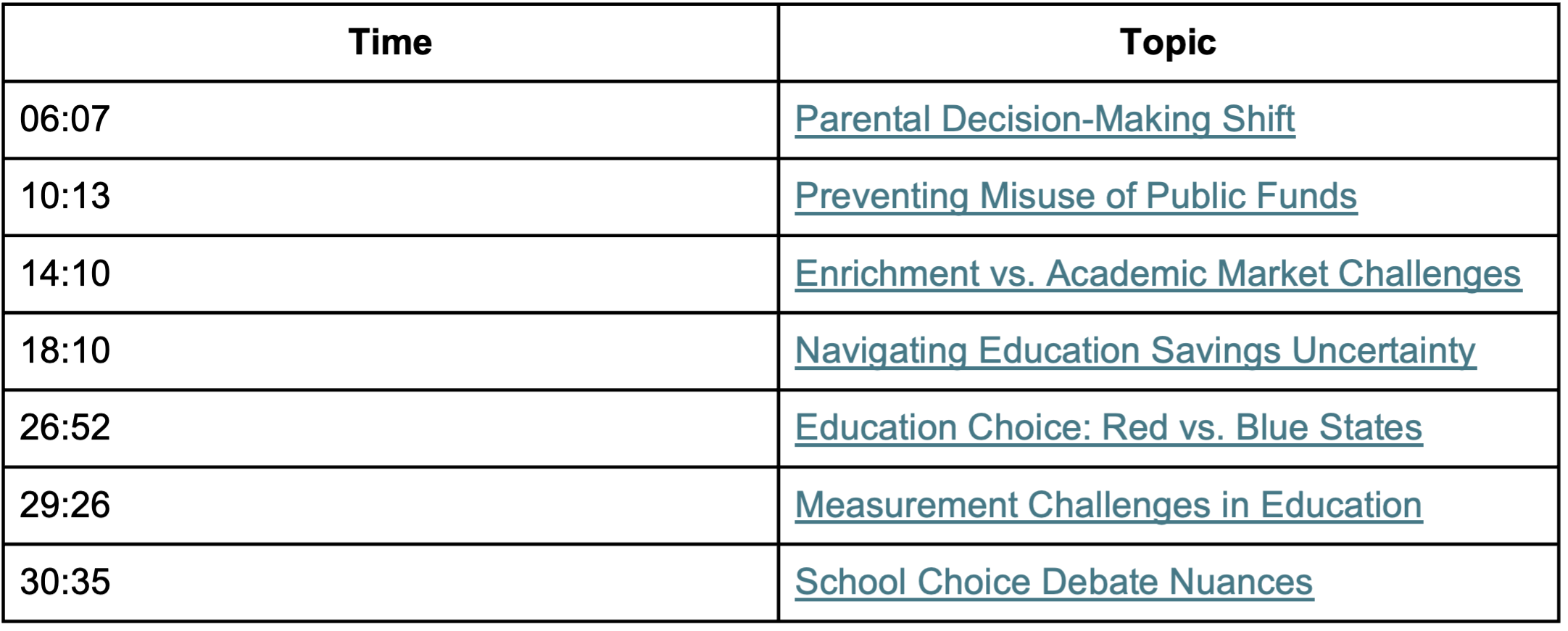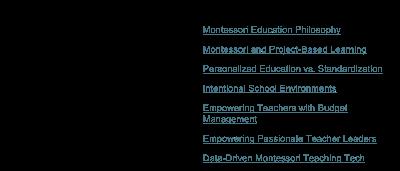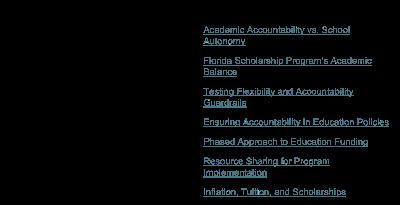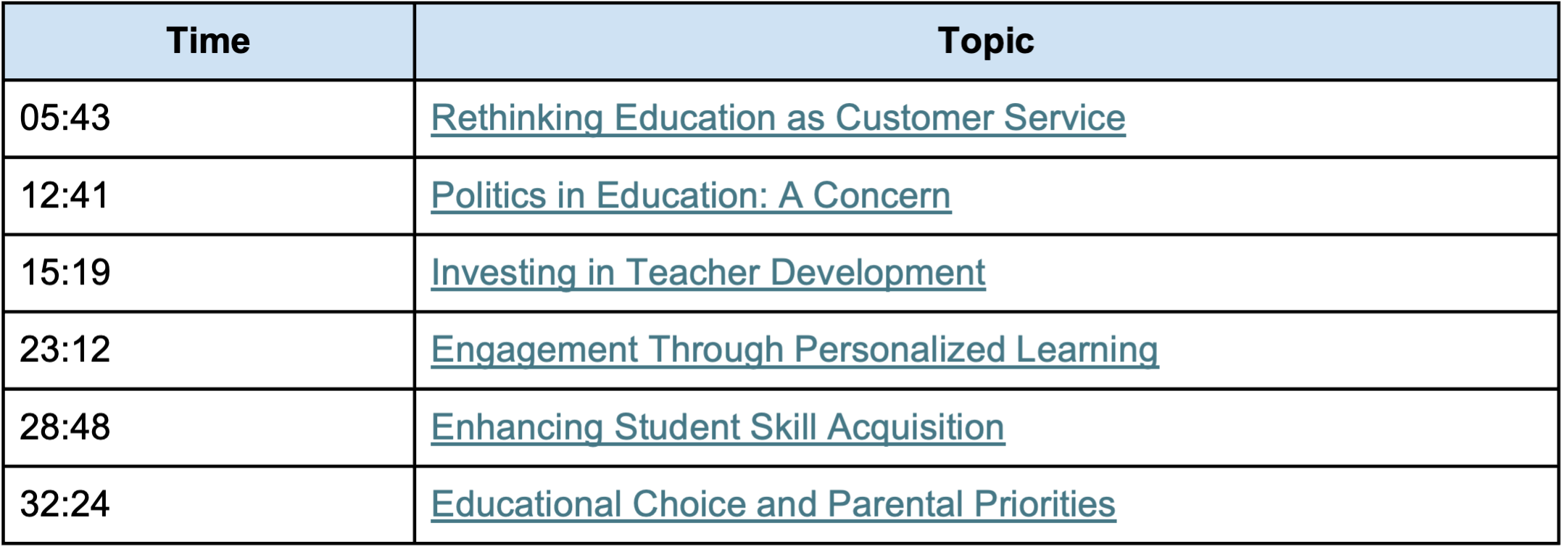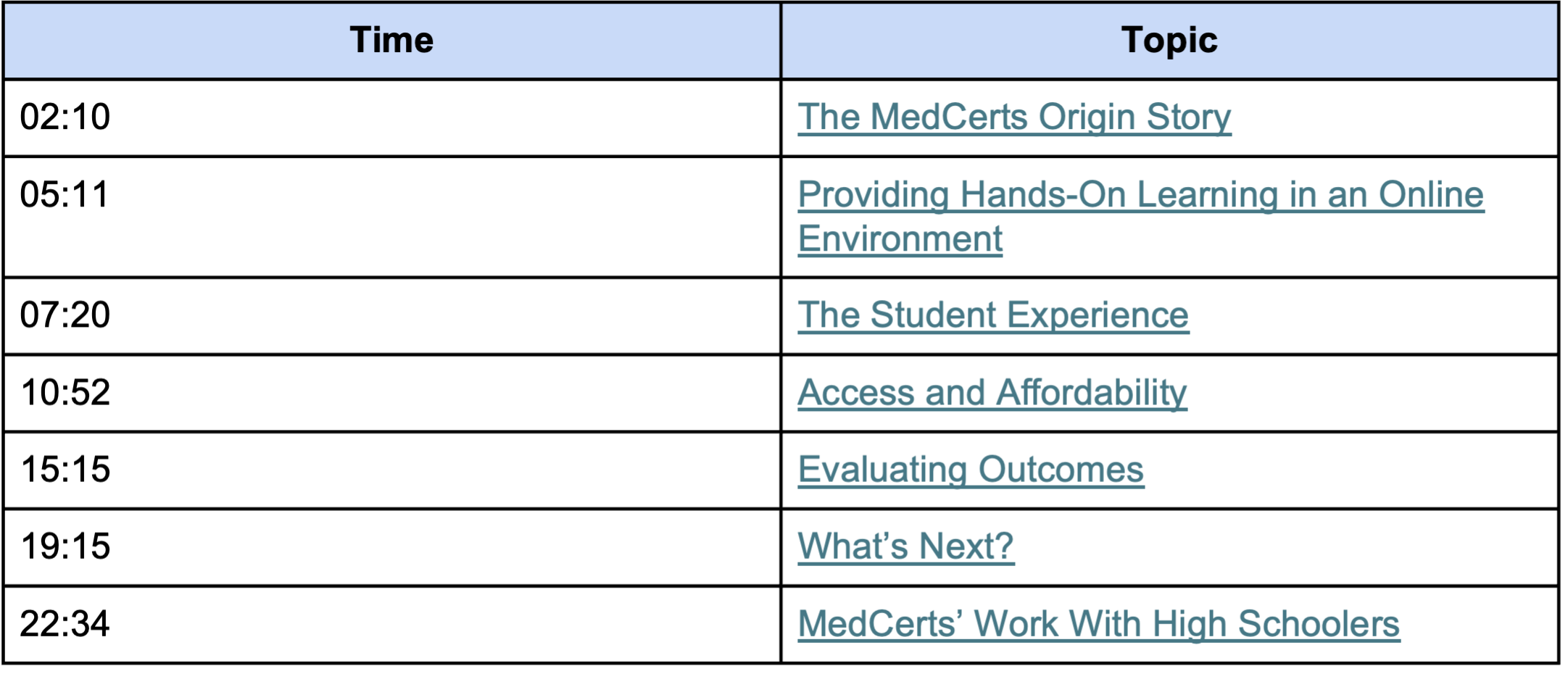On the Evolution of Microschools
Description
Don Soifer, CEO and co-founder of the National Microschooling Center, joined me to discuss the Center’s latest comprehensive report on the evolution of American microschools. We explored how microschools are growing in size, serving a wider age range, and increasingly enrolling students with diverse needs. We also delved into differences between microschools in states with and without Education Savings Accounts (ESAs), the significance and challenges of accreditation, business models and funding, and the dynamic, adaptable nature of the microschool sector.
Thanks for reading The Future of Education! This post is public so feel free to share it.
Michael Horn
Welcome to the Future of Education. I'm Michael Horn and you are joining the show where we are dedicated to creating a world in which all individuals can build their passions, fulfill their potential, and live lives of purpose. And to help us think through how we get there today, I'm delighted that we have a repeat guest. We don't always have repeat guests on the show, but Don Soifer is someone who I hold in very high regard and so I'm just delighted to welcome him back. As a reminder, he's the CEO and co founder of the National Microschooling Center. He's been in and around the changes in innovation in education, several waves of them, for a few decades at this point.
And Don, I won't go through everything, but it's just, it's really good to see you, man. Thanks for joining.
Don Soifer
Thanks for having me. It's a real pleasure.
Microschools Evolving, Serving Older Students
Michael Horn
Yeah, no, and look, in May, you all released at the center your latest analysis of American microschools. It's a 40-page report, so we will not get into all of it today, but people should visit the National Microschooling Center, check it out, see the findings. But there's a lot in there that I wanted to learn more about personally and shed light on. And so I thought where we would start is this. And it seems from the report that the nature of microschools themselves are evolving. They're getting a bit bigger, it seems particularly, I think when you zoom out of the microschools that are really homeschooling centers, they're starting to serve older students as well, which I think is pretty notable as I think you, the stat was 84% of microschools serve kids age 5 to 11. But now 52% of the universe, if you will, of microschools that you surveyed are serving kids ages 15 to 18, which is a much higher population. And it seems like a big sea change because, you know, for a while you would hear, oh, microschools works great for elementary, middle school, but a lot of kids, you know, they want to go back to traditional high school because they want Friday night lights, college, whatever it is.
And so I would just love your commentary of like, what's changing across these dimensions that's maybe leading to this evolution in the size and the ages of who microschools are serving.
Don Soifer
Great. Well, thanks. So I think first of all, it's important that this is the biggest, deepest, widest research on the sector to date. So we interviewed 800 microschools in all 50 states. So hopefully this is the closest thing to a representative sampling of what's going on out there yet. And I think the other, the other point I think that's worth reiterating is that microschooling is not a new thing that somebody smart invented during the pandemic. Right. What we're doing is updated by a lot of what we now know about pedagogy and the way children learn and all sorts of great additions in this golden age of digital content that we work in.
But microschooling is something that's been going on for a very long time, right. Reporters often ask, and I say, I don't know, maybe the first microschool was maybe the book of judges, but that feels very western centric. And obviously when Slate Blackwoods came across the prairies on trains, one room schoolhouses were taking off. So for sure. So, so what is, what is, what's happening now as we move maybe from left to right on the adoption curve? In some communities, there are definitely places and we're out in the country all the time, and there are definitely some ecosystems that microschooling has gotten more common, more people are aware of it. The people that track things like terms in Google searches will tell you that there are more people in south Florida or some spots like Mississippi or Kansas or the greater Atlanta area where more people are aware of microschooling. We've been doing it for longer.
We see some shifts in who's participating because more people are aware of it. So there definitely is some evolution of the sector that we're seeing. And part of that comes from the fact that the kids we had in microschools, many of them did start during the pandemic, but they're getting older. And microschools, we've seen a trend in homeschooling for year that homeschooling may get a little bit more boring and standardized when kids get to high school because parents don't want to mess up. They want to make sure the kid has the opportunity to play in a NCAA Division 1 sport. And so they're going to sort of collapse, you know, high school is complicated.
It takes more confidence with the subject matter. And we generally see families, maybe, you know, this is the golden age of digital content, but families, when they get to high school might be more inclined to draw all of their content from one particular provider in the name of it being accredited and that somehow helping them with their future options. So high school is more complicated, for sure. But more and more microschools are getting into tackling it, and we're seeing some real evolution over there and it's some really inspiring models and some, some really, you know, they're really learning from each other and it's an evolution of the sector. I think it's a good example of one.
Serving Diverse Student Needs
Michael Horn
Well, so I, let's stay on this because I think the other thing that jumped out to me about these schools and who they are serving is that a lot of the students are former public school students. A lot of them are in the median income bracket, it looked like with nice distributions on the low income and higher income. But a lot are sort of squarely in the middle, at least self reported. It's pretty diverse. And then this, you had 74% of microschools of these 800 that you surveyed report serving children with neurodiversities, 46% with other special needs, 63% of students who came to them two or more grade levels, excuse me, two or more grade levels below their quote unquote age, and 50% who've experienced emotional trauma. So look, you were in the charter school world well before I was. But as you know, charter schools were often accused fairly or unfairly of not serving students with special needs. It seems that this, that charge can't even get lift off here from based on what you're learning anyway,
Don Soifer
Thanks. You touched on some of my very favorite findings. Microschools are more likely to serve kids from slightly below or significantly below the average income in their area than above. More kids come to microschooling from traditional district operated public schools than anywhere else. And coming from homeschooling is a somewhat distant second. So microschooling and we do very well toward the fragile end of the income spectrum. We do very well with families with a child with neurodiversities or other special needs. So microschools are not a school choice play. They're taking off in the blue and the purple states every bit as much as in the red states.
And there are some slight differences you see in trends there. But microschools are not about partitioning privilege. I mean when you read about pandemic pods in the New York media, you know, during the shutdowns, there was a real cause for concern. Are these things any good? Are they equitable? Are they what they are intended to be? Where we're really seeing as this movement takes hold and, and grows, that we're looking for kids that were not thriving in their prior schooling setting and the population in microschools and the very, you know, the, the beautiful diversification of the kinds of models that we're seeing in microschooling really gives every kid an opportunity to thrive. And the examples that you gave are some of my favorites.
Michael Horn
Well, so stand that, because I actually didn't realize that or I didn't pick it up from the report, which is that some of the trends might be different in the blue and purple states compared to the red. And I guess the reason I'd love you to just spin that out a little bit more is the red states tend to be where the education savings accounts have passed for the most part. Right. And we know that very progressive families actually take advantage of those and love them. So it's not really a political issue. But in terms of where the laws are and enabling some public funds to support microschooling, it's more in the red states, it seems to me. So how are the trends different? And I don't even know.
Would be different in terms of who they're enrolling or scope of the schools. What does that look like? That's different.
Challenges in ESA States
Don Soifer
Yeah. So first I should clarify that just because a state has an ESA doesn't mean that microschools are able



